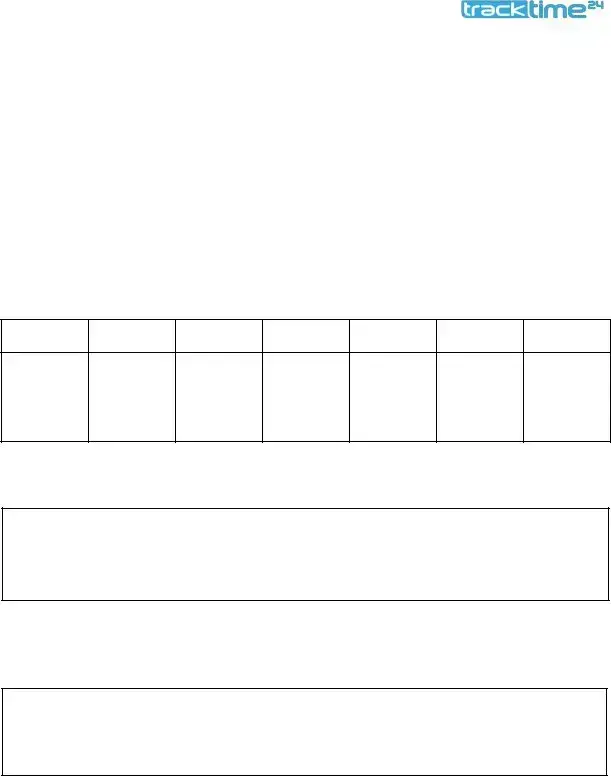The Employee Availability form is designed to help employers understand when their employees are available to work. It facilitates scheduling and ensures that workloads are manageable while respecting employees’ personal commitments. By submitting this form, employees communicate their preferred working hours, days off, and any other relevant availability details.
All employees who have specific preferences or limitations regarding their working hours should fill out the Employee Availability form. This includes full-time, part-time, and temporary employees. Even if an employee’s availability changes from week to week, it’s important to submit an updated form as necessary.
The form should be submitted at the beginning of employment and any time significant changes to availability occur. Employers may have specific deadlines, particularly if they are planning schedules in advance. It’s wise to check in with a supervisor or HR department regarding any timelines.
The form typically requires the following information:
-
Your name and contact information
-
Your position or job title
-
Days of the week you are available to work
-
Preferred working hours for each available day
-
Any days you are not available, including holidays or vacations
-
Any additional notes regarding your schedule
Specific requirements may vary by employer, so it’s essential to read the instructions carefully.
Yes, employees can update their availability at any time. If personal circumstances change, or if work situations require a different schedule, it is crucial to communicate these changes promptly. Submission of a new form or direct communication with a supervisor may be needed, depending on the company's policies.
If an employee does not submit the form, scheduling may not align with their needs. Employers often rely on this form to create fair and efficient schedules. Additionally, without clear communication of availability, employees run the risk of being assigned shifts that are inconvenient or impossible for them to work.
Will my availability be kept confidential?
Generally, the information provided on the Employee Availability form is treated as confidential. Only necessary personnel, such as managers and HR staff, should have access to this information. However, it is always a good idea to check company policy to understand how personal information is handled.
Can I still request time off if I provide my availability?
Yes, submitting an availability form does not restrict employees from requesting time off. Employees are encouraged to communicate any desired days off or vacations ahead of time, even if their availability has been provided. Informing supervisors of time-off requests as soon as possible will help in creating a fair work schedule.
What if I have a unique situation that affects my availability?
Employees with unique situations that might affect their availability should include relevant details in the notes section of the form. Alternatively, they may speak with their supervisor or HR representative directly to ensure their needs are understood. Creating an open dialogue is essential for finding a solution that works for both the employee and the employer.

